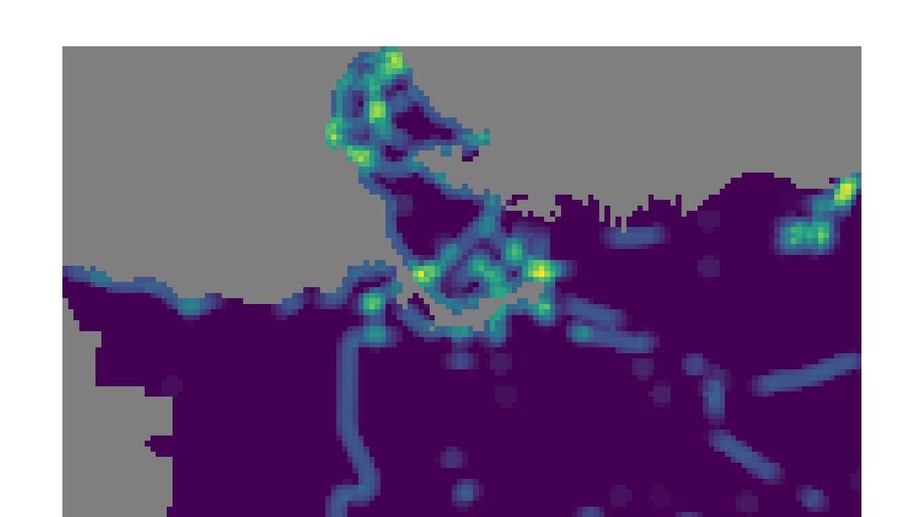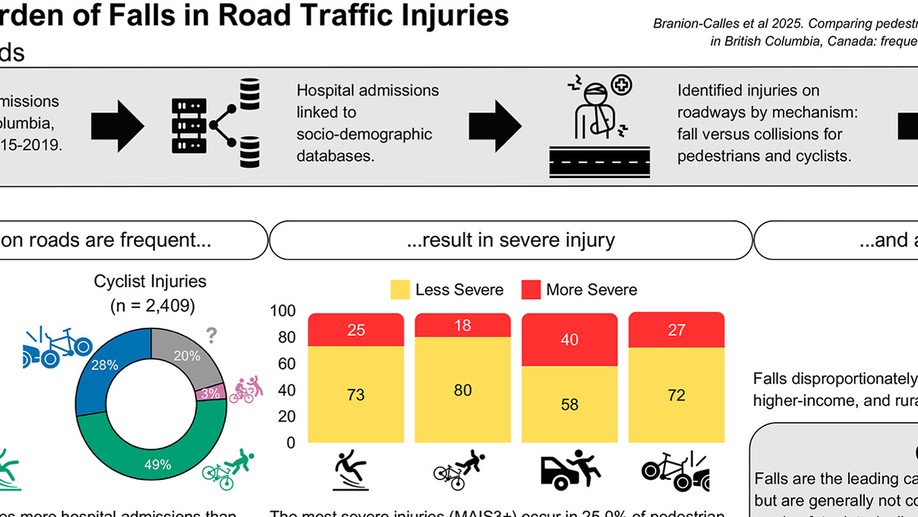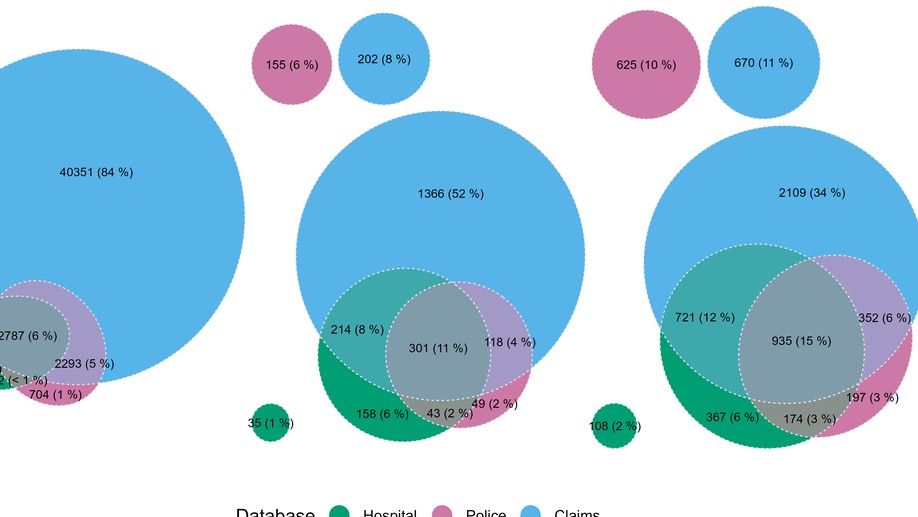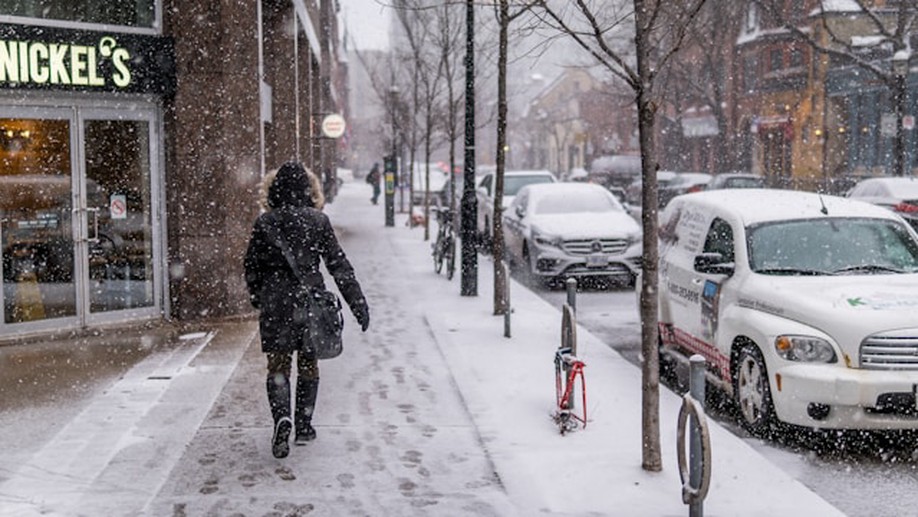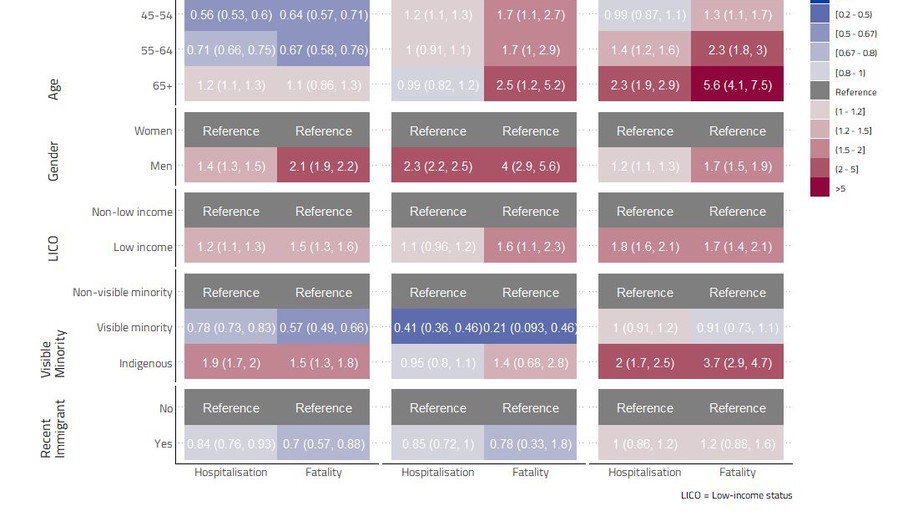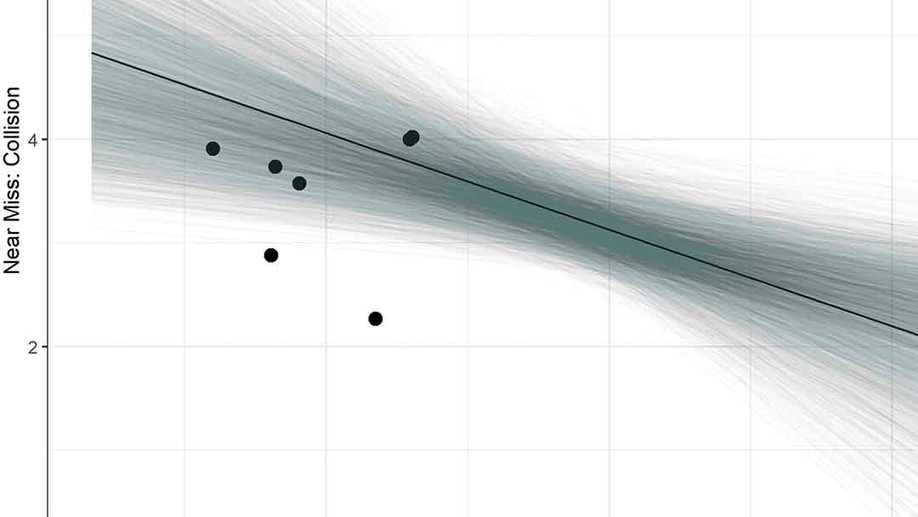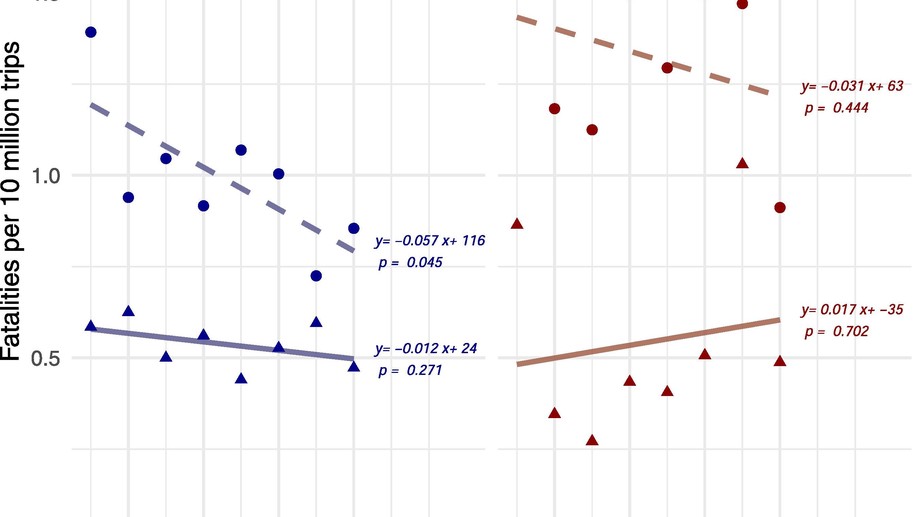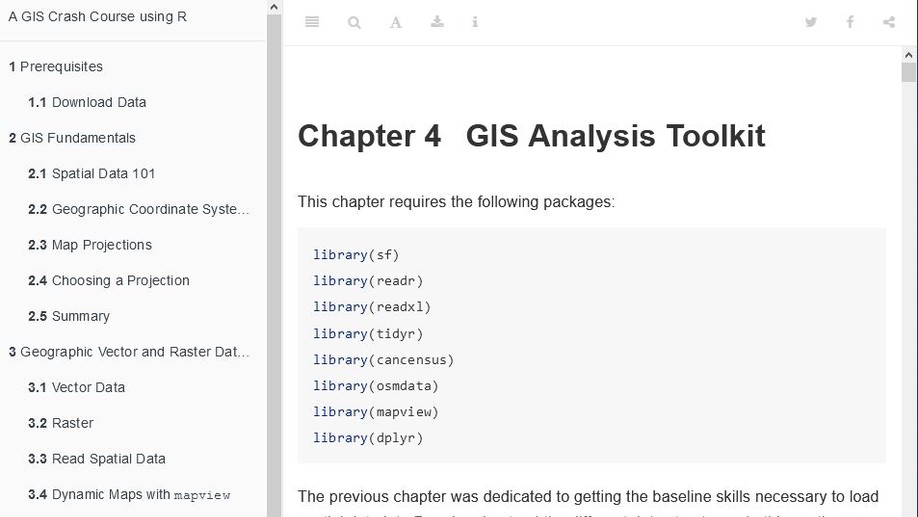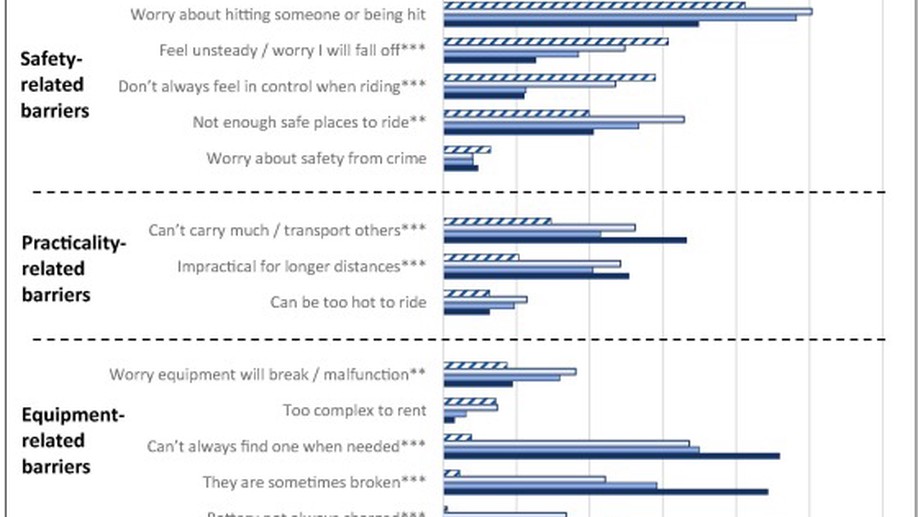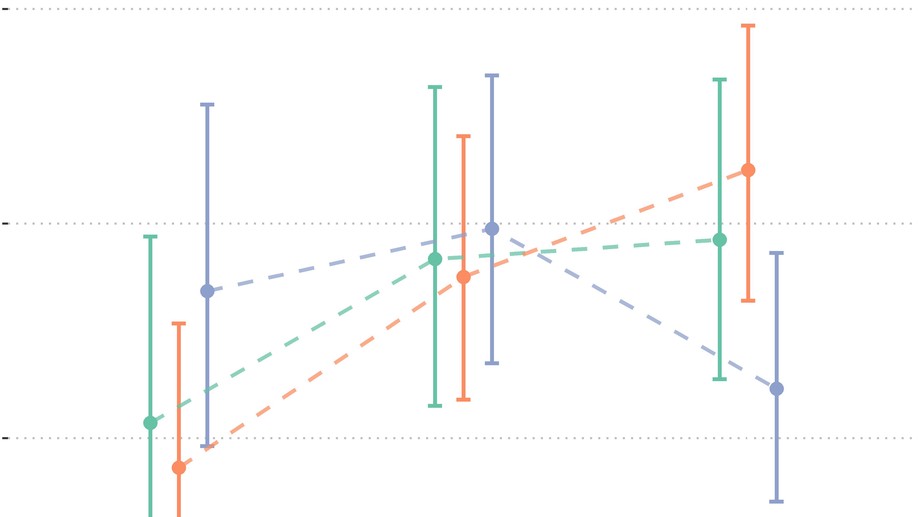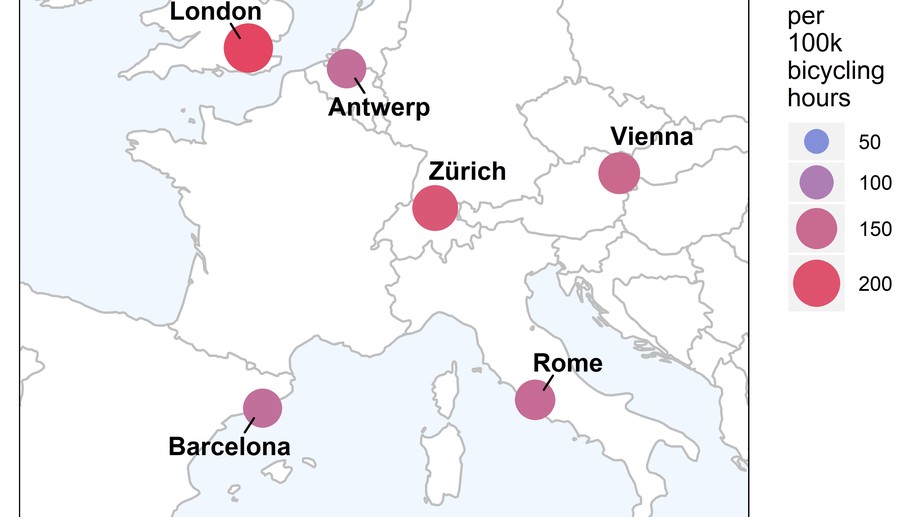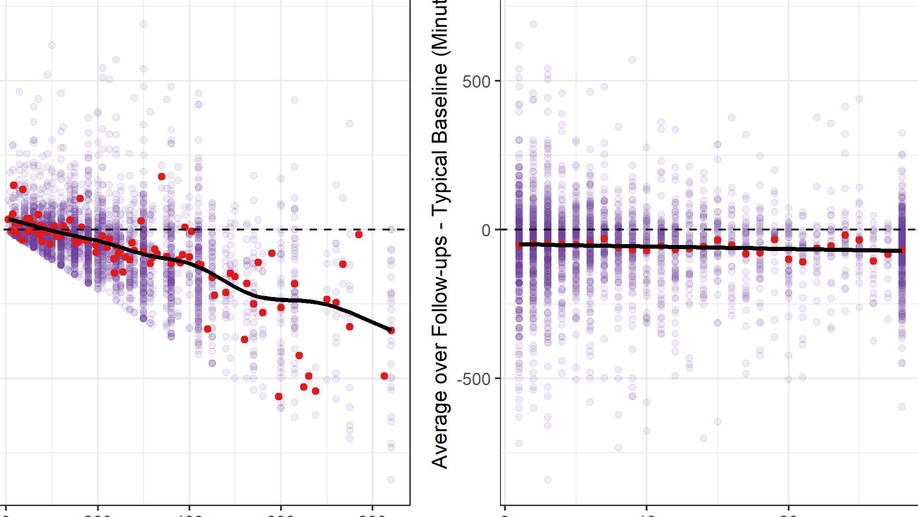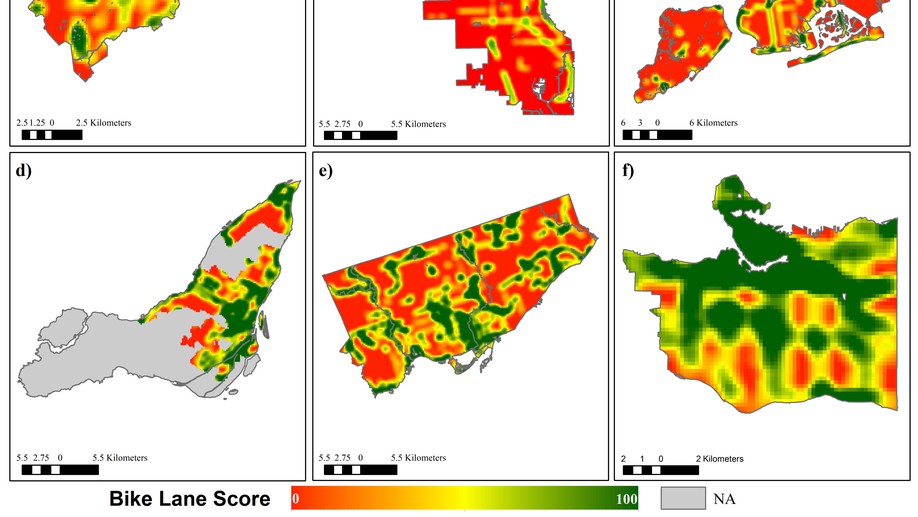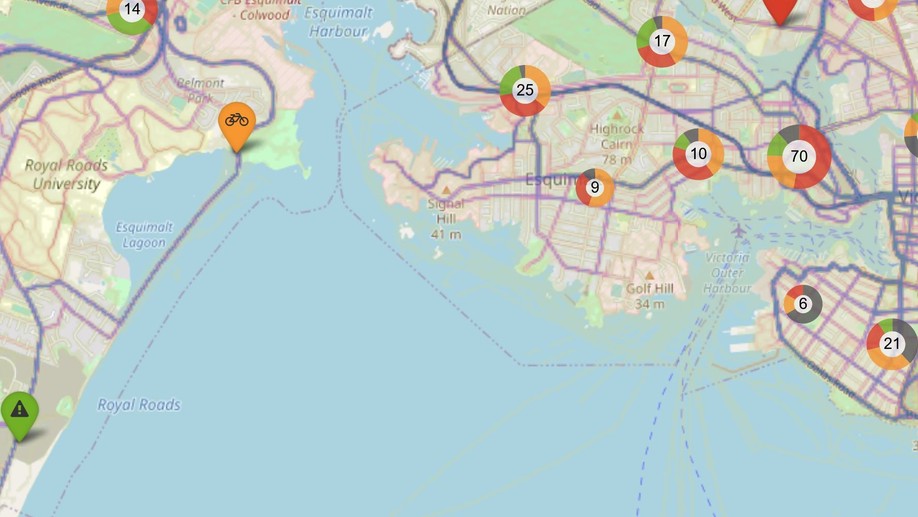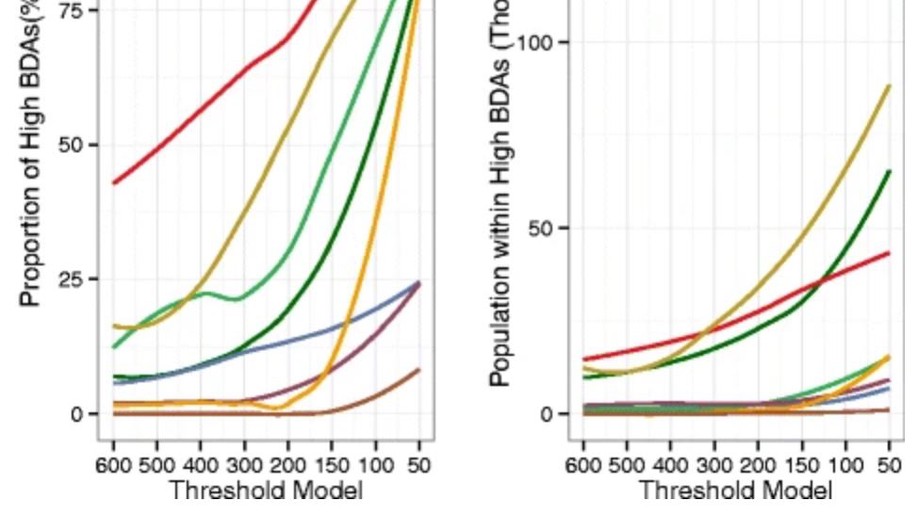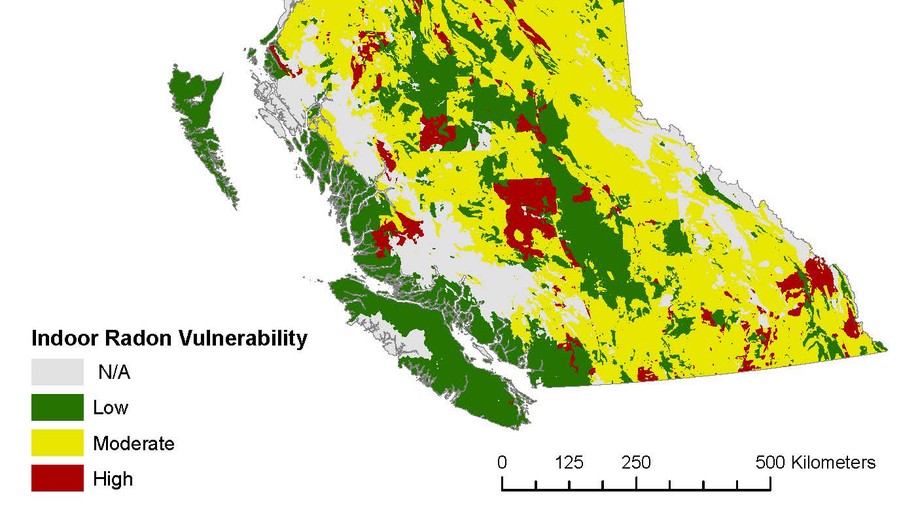
I’m a health geographer exploring relationships between injury, health, transportation, and social inequalities. My work combines spatial analysis with epidemiological methods to generate insights into public health challenges with a specific focus on road traffic injury and active transportation.
As a postdoctoral research fellow in the Road Safety & Public Health Research Lab at the University of British Columbia, I lead interdisciplinary research projects using large, linked administrative databases. My goal is to produce actionable findings that contribute to creating safer and more equitable communities.
Education
-
PhD in Health Sciences, 2020
Simon Fraser University
-
MSc in Geography, 2015
University of Victoria
-
BSc in Geography, 2013
University of Victoria
Interests
- Health Inequities
- Road Safety
- Environmental Health
- Spatial Science
